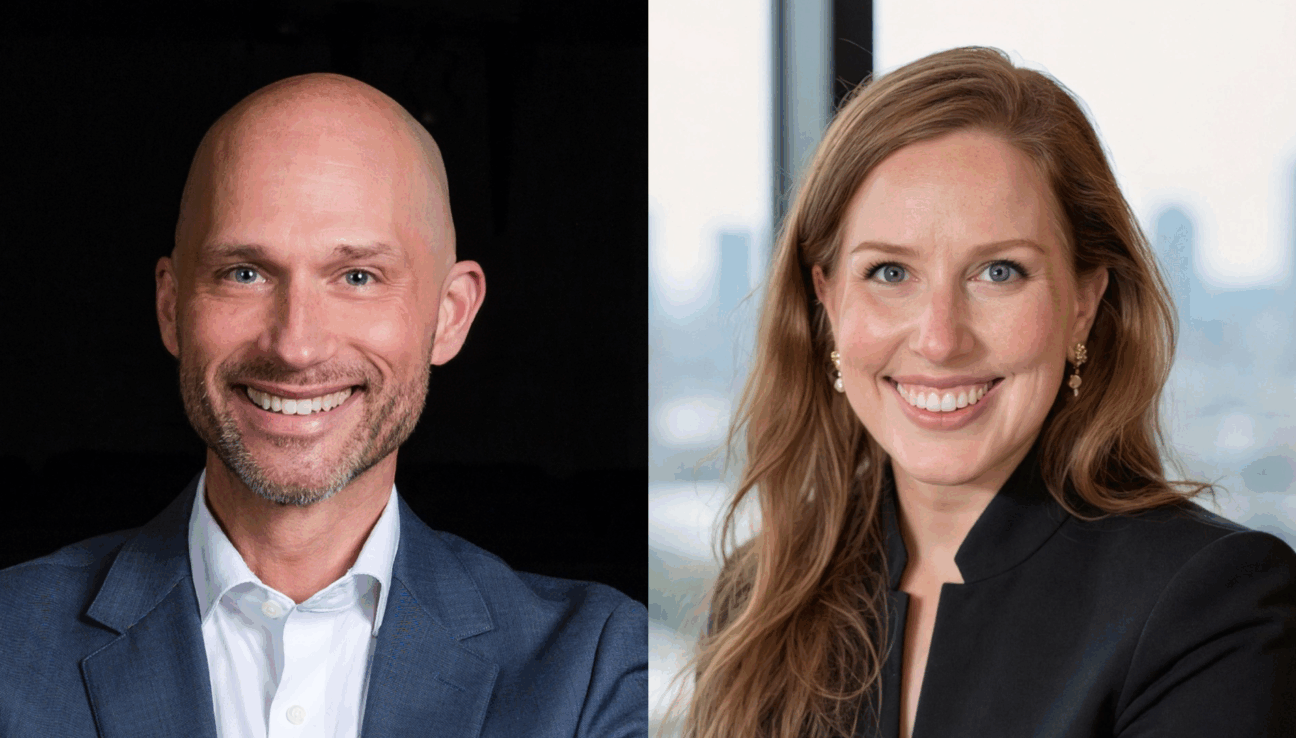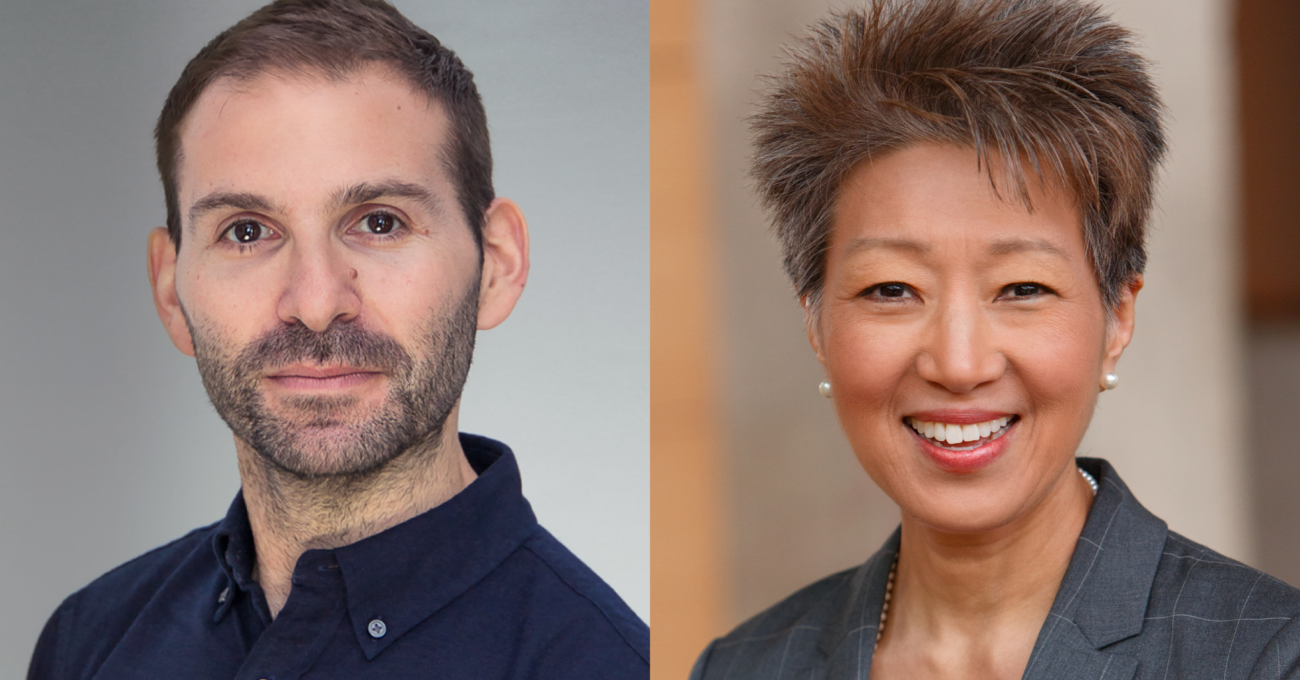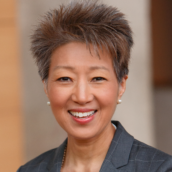
A bold new chapter. A brilliant new voice. CI’s President Christopher Williams kicks off a new season of CI to Eye by welcoming Monica Holt, this season’s host and Senior Advisor to Capacity Interactive. Monica reflects on her 16-year journey at the Kennedy Center, the passion that’s driven her work, and all things Evita—plus what to expect from upcoming episodes.




